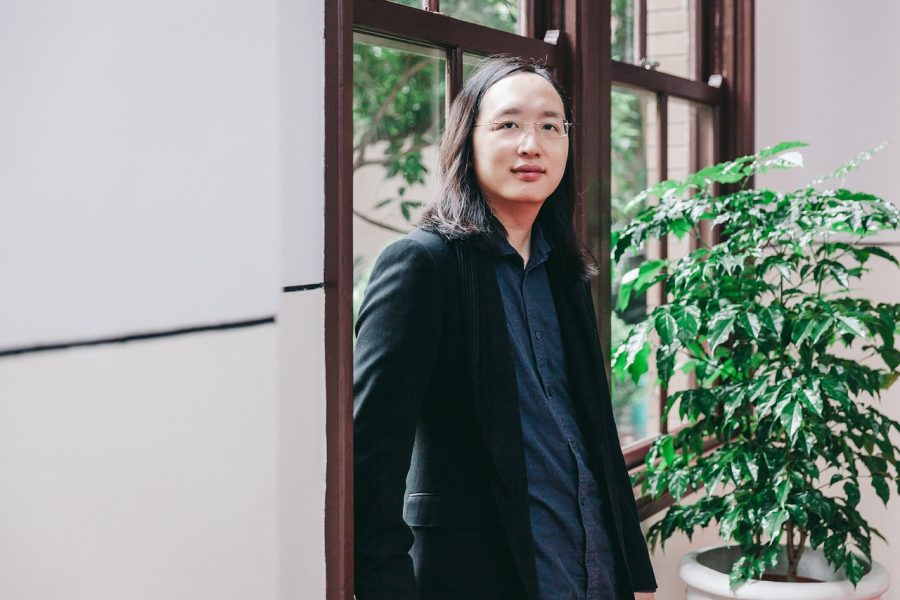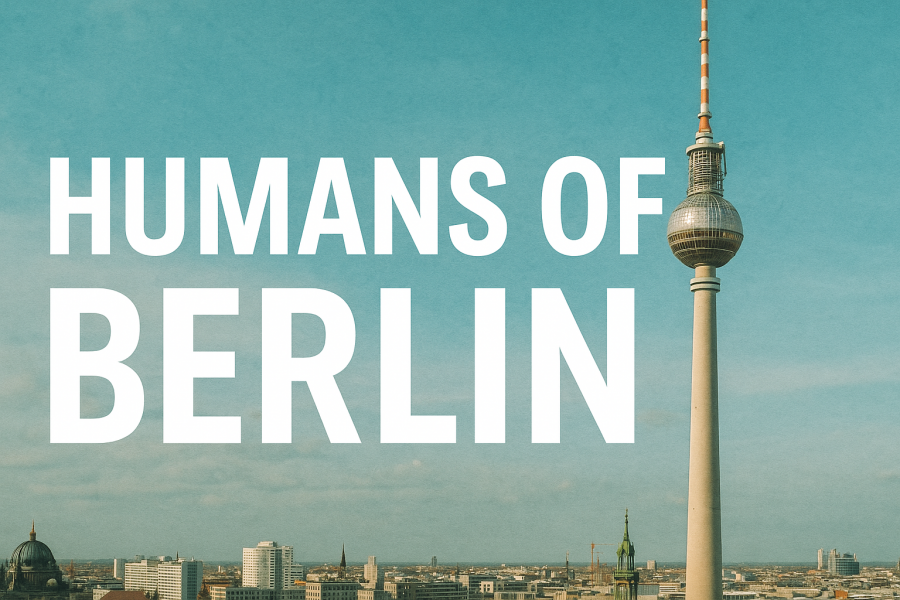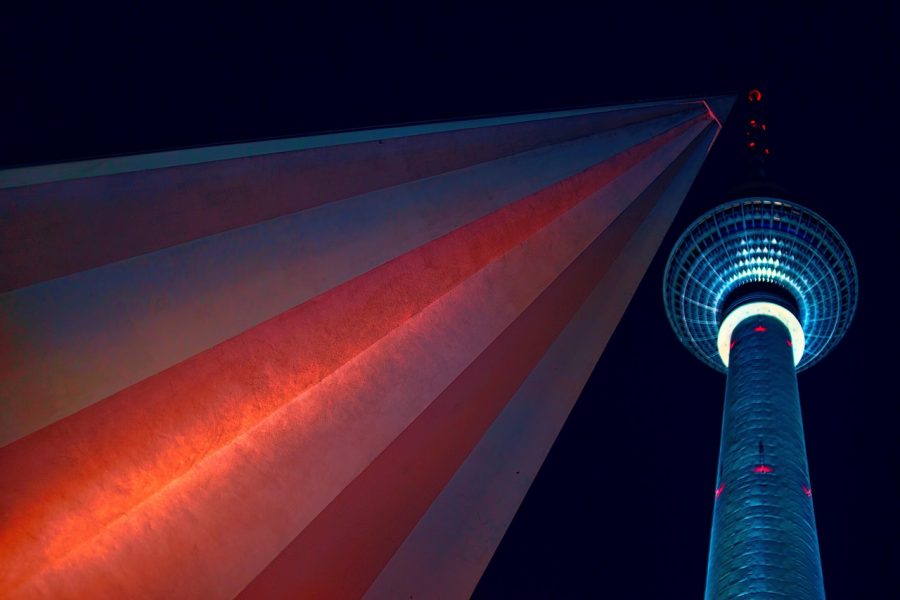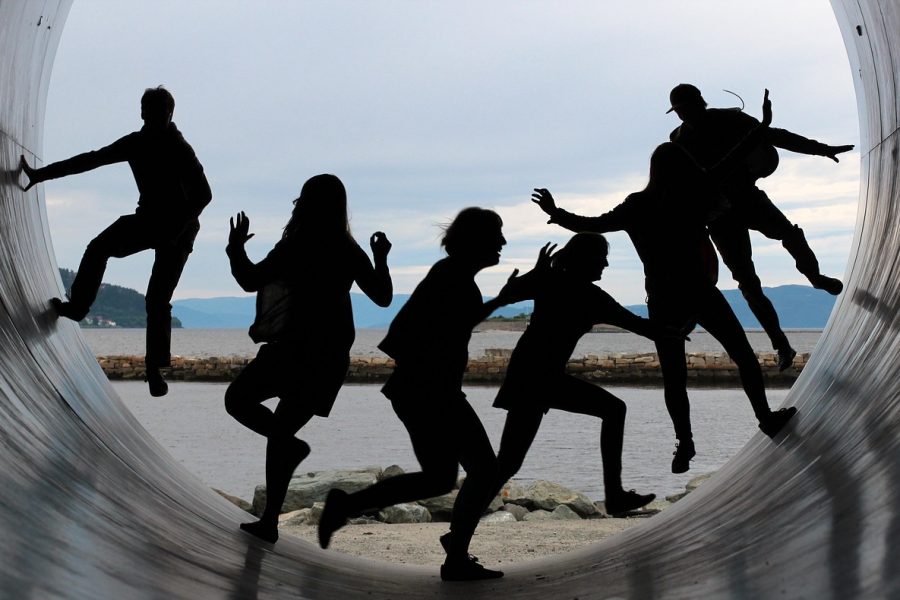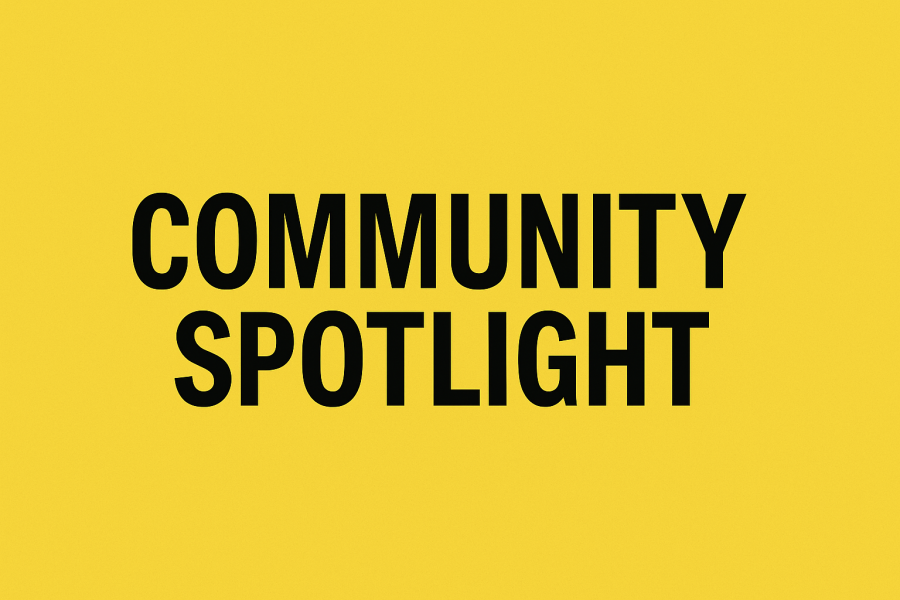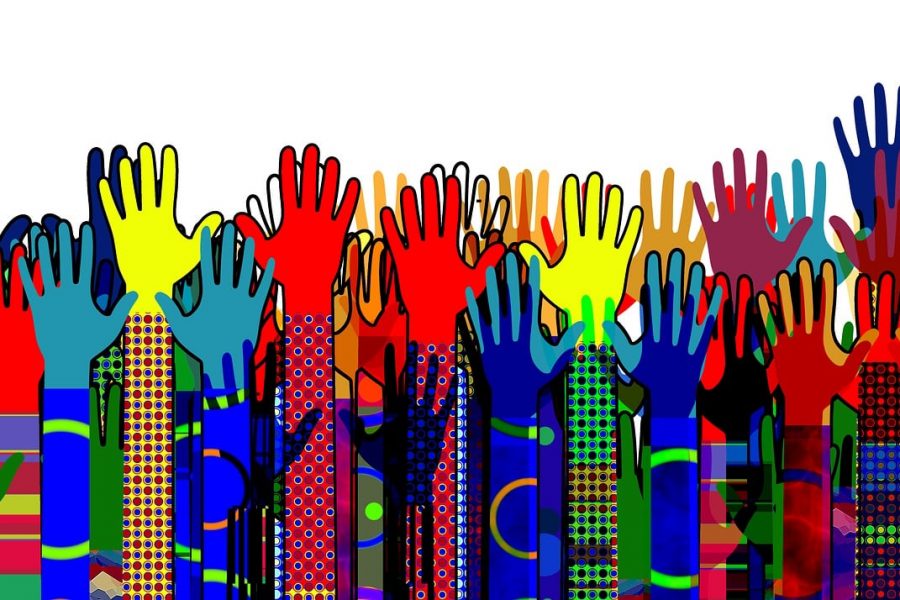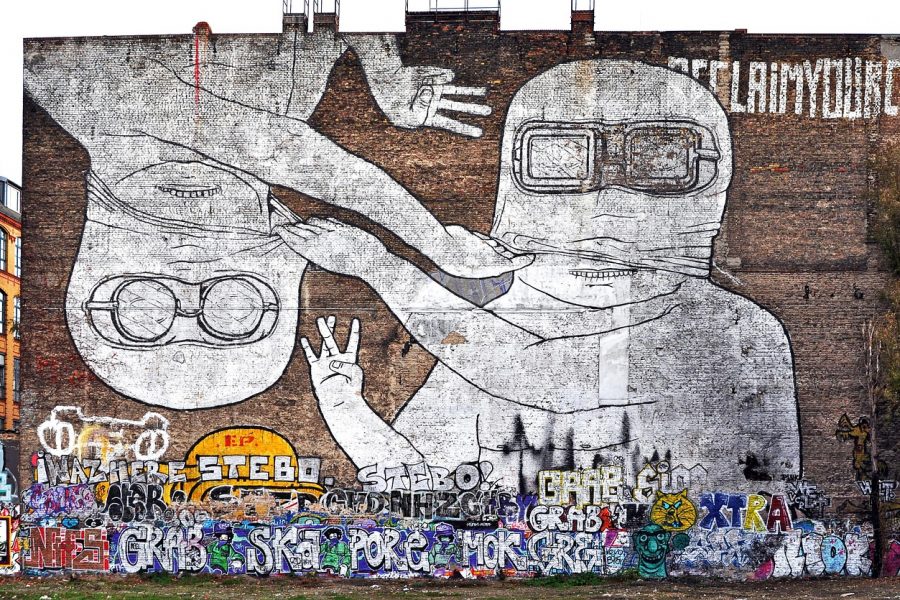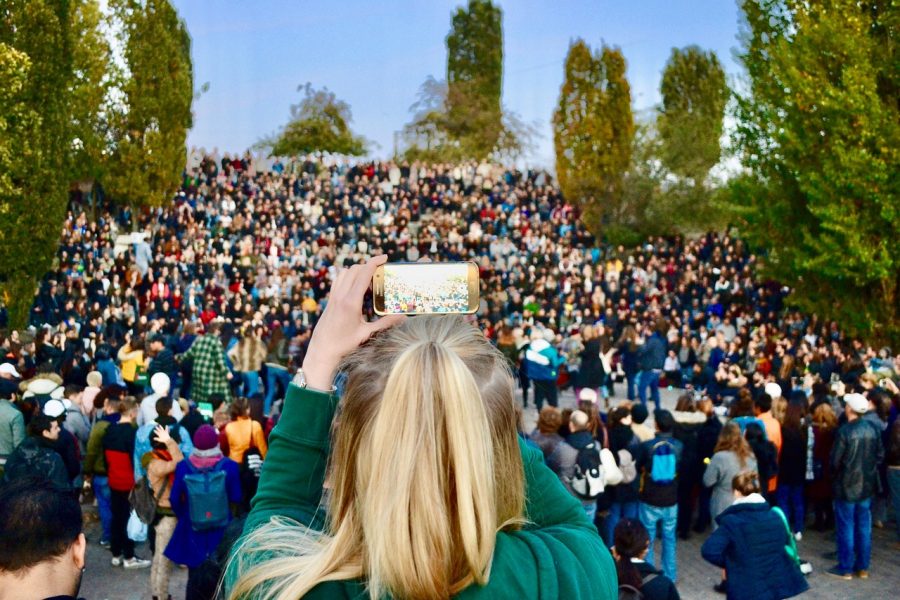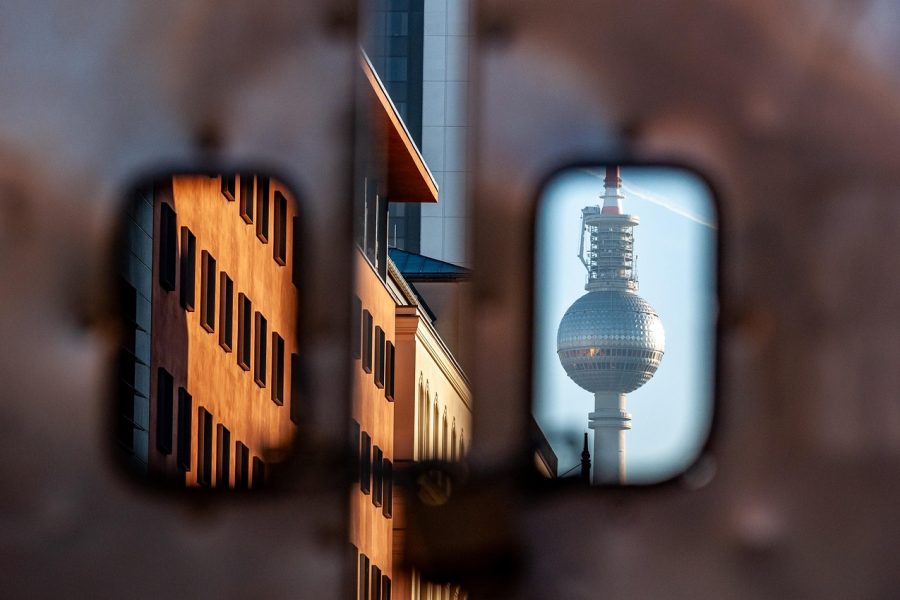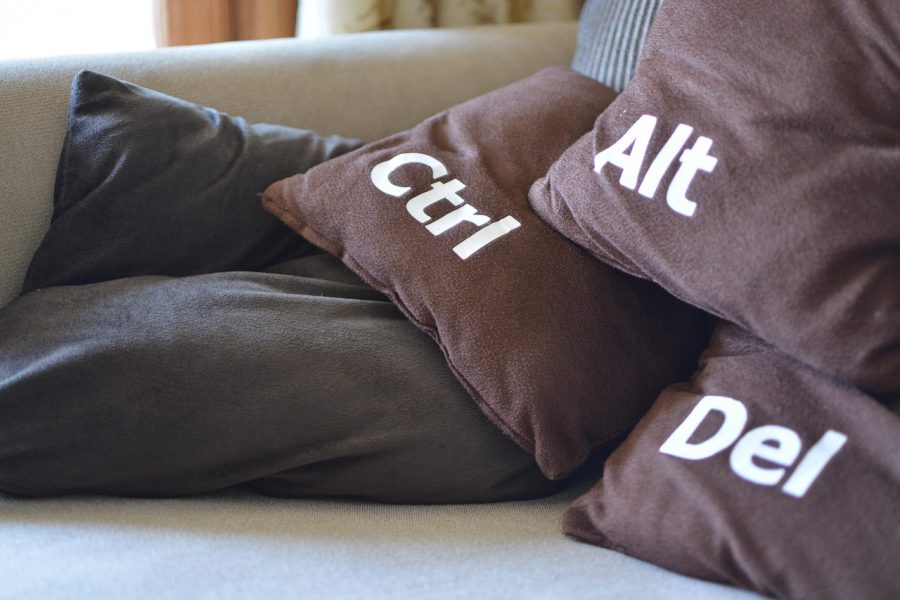At the S-Bahn station Greifswalder Straße, you can find one of my favorite lines: “The best thing about Berlin is the Berliners.” However, the majority of people here, like myself, weren’t actually born in Berlin (we mapped this out geographically a long time ago). I myself came to the city in 1999, and still believe today that diversity is what fundamentally makes Berlin charming.
This can even be shown empirically: Those who have moved here think less in rigid structures, are on average more creative and enterprising. Additionally, in a place where many different people come together, more creative things emerge through exchange. Among all German cities, Berlin has the greatest potential in this regard – nowhere else do so many people from all directions come together.
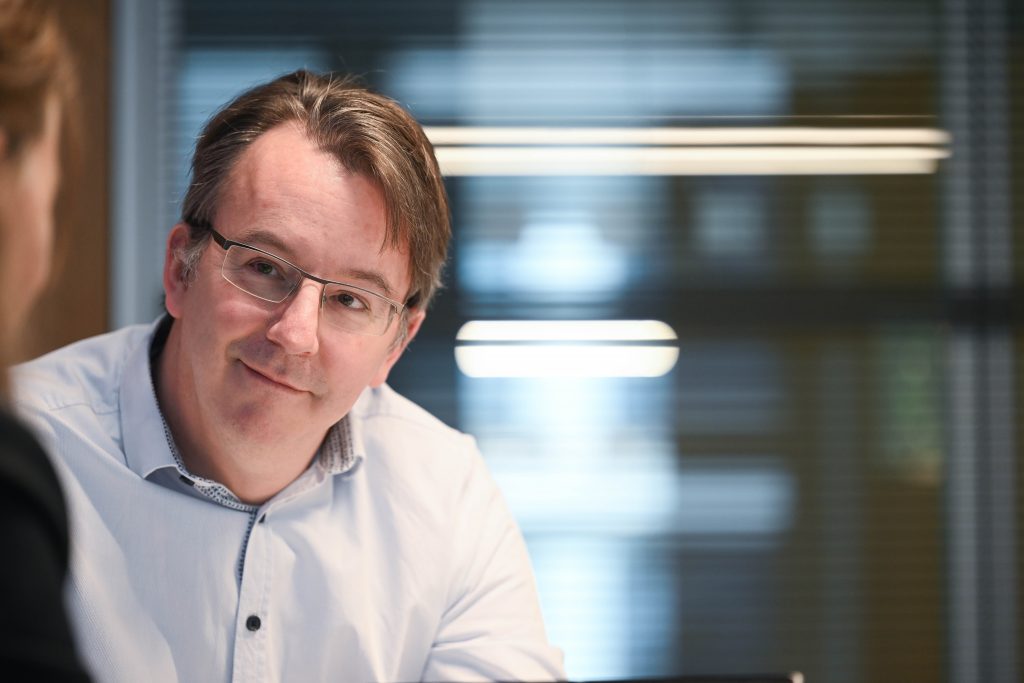
At the same time, I know from my own experience that it took me several years until I truly felt at home in Berlin. Even though I was born in Munich and culture and language weren’t barriers, Berlin is simply a tough place. I was shocked when my old acquaintance Ivan Gabor (who moved from Budapest to Berlin) told me a few months ago that even after more than ten years, he still doesn’t feel like he’s really arrived in the city. Therefore, he wants to help enable genuine arrival and participation for new Berliners with an initiative. This is also where the idea for this newsletter came from.
We’re doing this in English to avoid creating language barriers. In addition to this newsletter, we’ll also translate selected texts from Berliner Morgenpost into English. As editor-in-chief of Berliner Morgenpost, I’m very excited about this experiment. We want to make this city more accessible to people. And at the same time give their issues more space. After all, the majority of Berliners are immigrants.
Peter Schink
Editor-in-Chief of Berliner Morgenpost


